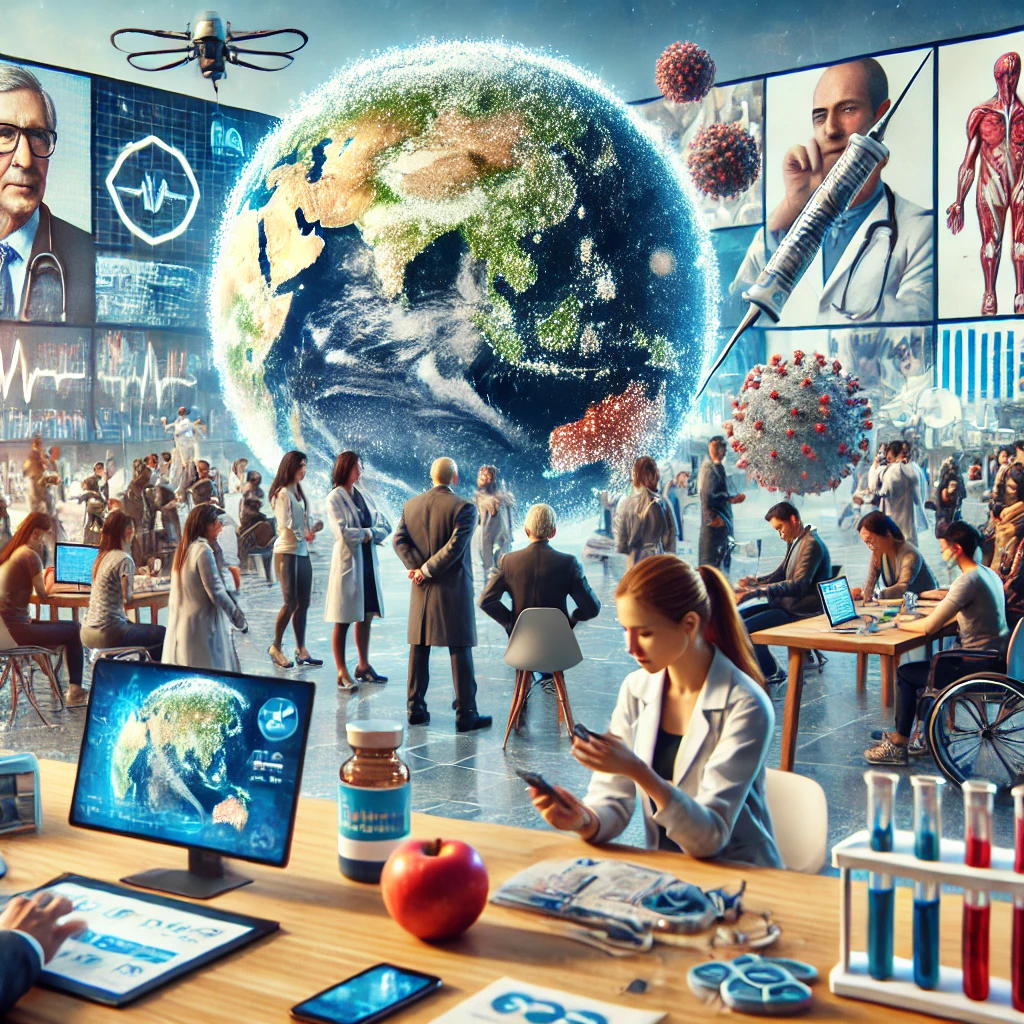Introduction: The Role of Technology in Counteracting Climate Change
Climate change is one of the most tangible challenges of our times. Its all-encompassing impact calls for immediate and creative interventions. Technology, which was once peripheral in playing its part, has stepped up to become the main player in climate mitigation efforts. Right from transforming energy systems to enhancing resource use efficiency, technological transformation is equipping humankind with the tools needed to effectively counter this existential threat.
Artificial Intelligence and Machine Learning in Climate Solutions
Artificial Intelligence (AI) and Machine Learning (ML) are changing the face of climate mitigation. Predictive analytics, driven by these technologies, allows for accurate forecasting of climate patterns and potential risks. AI models help policymakers anticipate extreme weather events, allowing for timely interventions, through the analysis of historical and real-time data.
In addition, AI optimizes energy consumption in industries and households. Smart systems adjust energy use based on demand, reducing wastage and enhancing efficiency. This capability is particularly valuable in managing renewable energy grids, where fluctuating inputs require dynamic adjustments.
Renewable Energy Technologies
Climate change mitigation strategies rely mainly on renewable energy. Advances in solar power include perovskite solar cells, which are more efficient with lower costs than ever before. Wind energy technology, such as floating offshore turbines, has enabled the harnessing of wind at greater depths of water.
Rapid development is occurring in energy storage systems as well. Lithium-ion and solid-state batteries ensure reliable sources of renewables, storing the extra energy available during periods when less is generated. These inventions make it viable to move from fossil fuels towards a cleaner source of energy in the future.
Carbon Capture, Utilization, and Storage (CCUS)
Carbon capture, utilization, and storage technologies proactively mitigate the concentration of carbon dioxide in the atmosphere. Through CCUS technologies, industrial installations capture their emitted emissions before those can freely diffuse into the atmospheric reservoir. Stabilized captured carbon is thus either buried under the ground or transformed into desirable products such as building materials and synthetic fuels.
Direct air capture (DAC) technologies take this concept further by removing CO2 directly from the atmosphere. While still in its nascent stages, DAC represents a promising avenue for achieving net-negative emissions, addressing historical carbon buildup.
Smart Cities and Urban Planning
Urban areas are the largest emitters of greenhouse gases, and hence, they become a critical target for climate mitigation. Smart cities use IoT devices to monitor and optimize energy usage, transportation systems, and waste management. Such interlinked systems reduce inefficiencies and lower carbon footprints.
Urban sustainability is further supported by green architecture and sustainable infrastructure. Energy-efficient materials in buildings, rooftop gardens, and renewable energy systems represent the potential for urban planning to support climate goals. Such innovations do not only mitigate climate impacts but also contribute to enhancing quality of life in cities.
Agricultural Technologies in the Fight Against Climate Change
The agricultural sector, which has been one of the most significant emitters of greenhouse gases, is witnessing a technological revolution. Precision agriculture uses GPS, sensors, and drones to optimize resource use, such as water and fertilizers. This optimizes yields while conserving critical resources.
Besides the above solutions, biotechnology can also produce climate-resilient crops. Drought and heat-resistant, genetically modified organisms that are also resistant to pests provide food security as the climate continues to be more volatile. Technologies can thus be integrated in agriculture to mitigate climate change effects.
Barriers and Ethical Considerations in Technological Adoption
Despite their potential, climate technologies face significant barriers. High costs and infrastructure requirements often hinder adoption in developing regions, perpetuating global inequities. Bridging this gap requires international collaboration and funding mechanisms that prioritize inclusivity.
There are also ethical concerns. For example, massive renewable energy projects may affect the natural ecosystem of the region, while genetically modified agriculture could have unpredictable impacts. Balancing innovation with environmental and social responsibility is the only way to ensure that technological solutions are sustainable and equitable.
Conclusion: Building a Sustainable Future Through Innovation
Technological integration in climate mitigation offers unprecedented opportunities to combat one of humanity’s greatest challenges. From AI-driven efficiency to groundbreaking energy solutions, innovation is transforming the way we approach sustainability. However, realizing this potential requires global collaboration, equitable access, and a commitment to ethical practices. By embracing technology and fostering inclusivity, we can build a future where both the planet and its inhabitants thrive.

